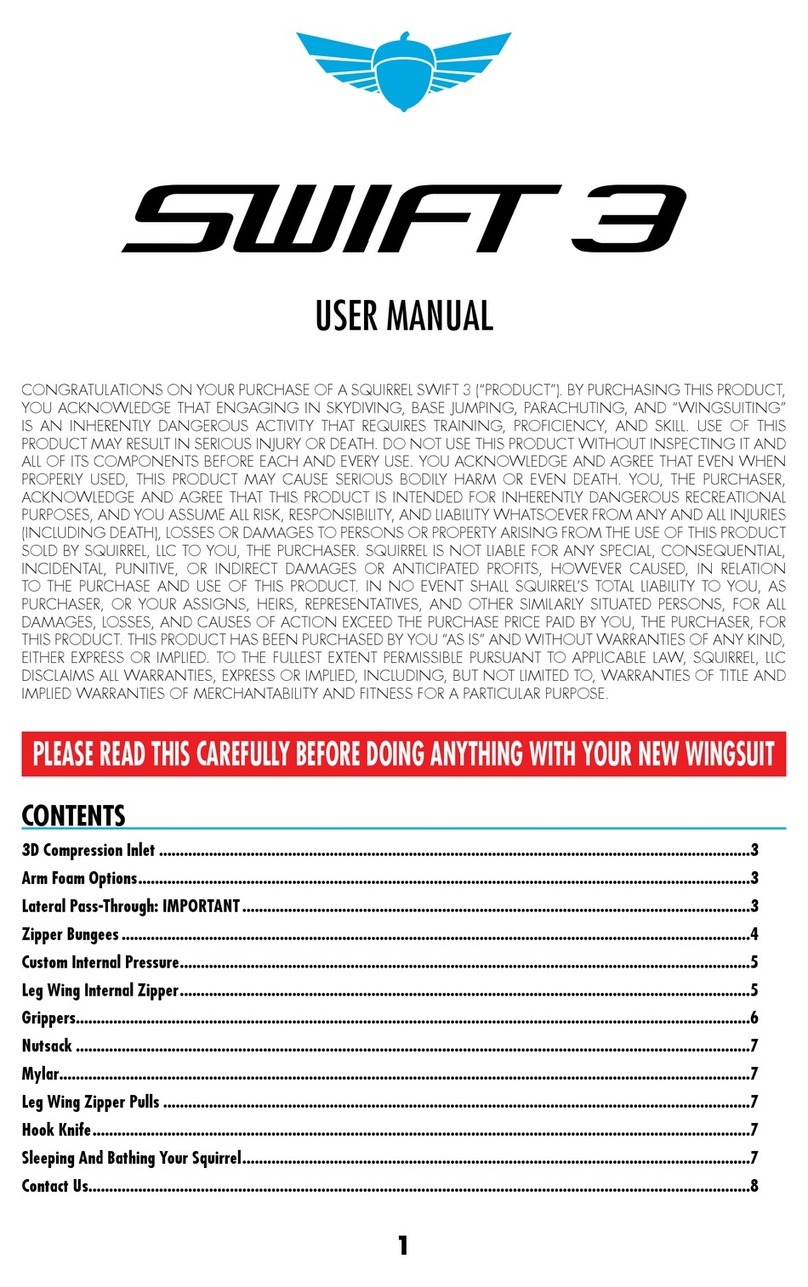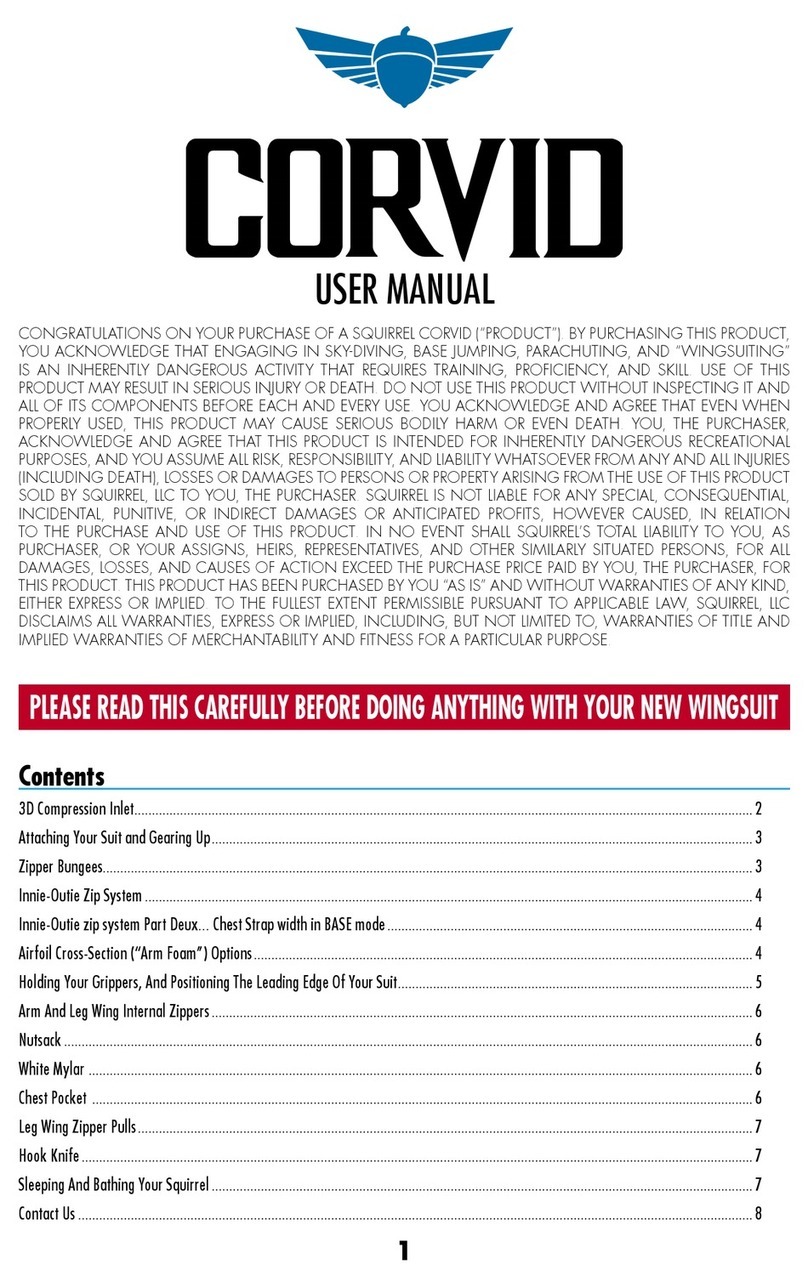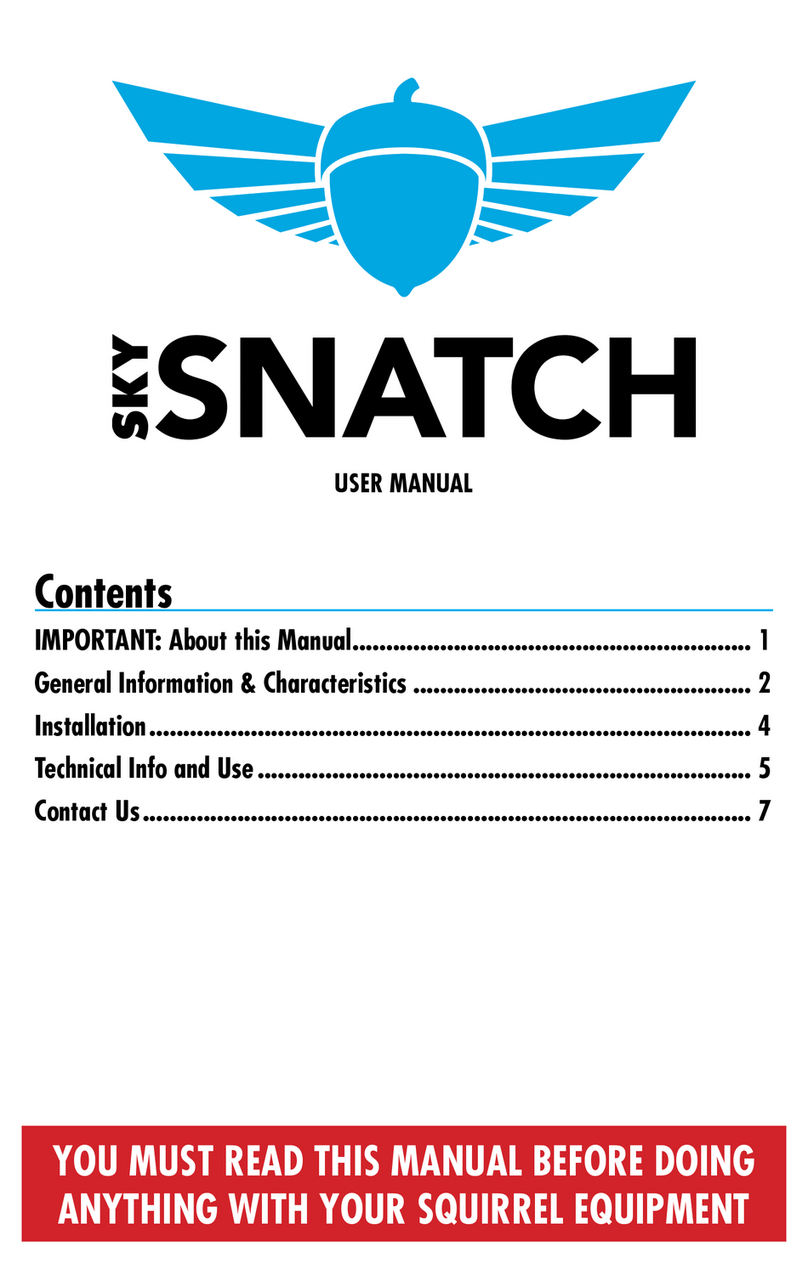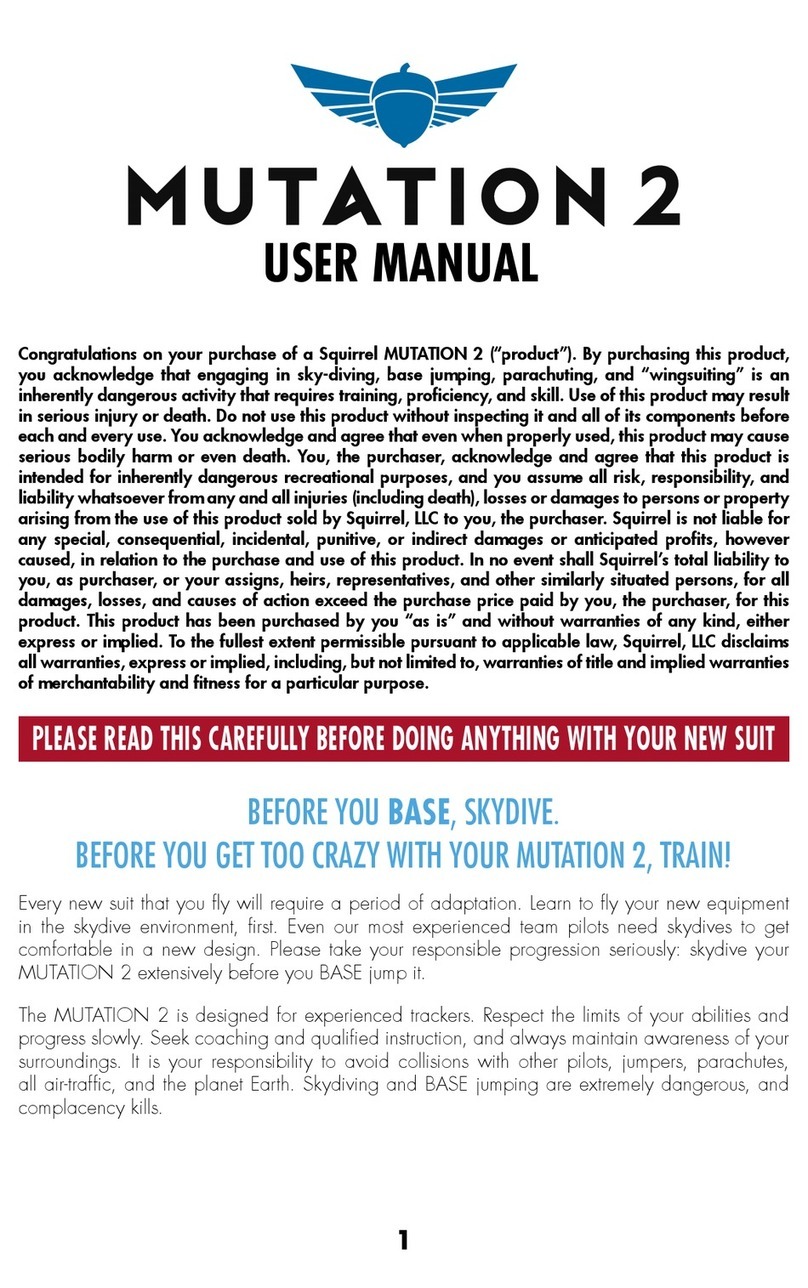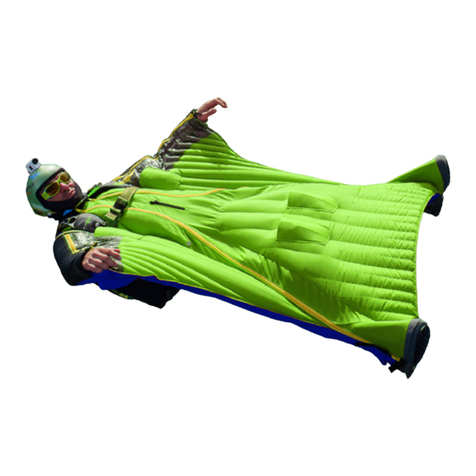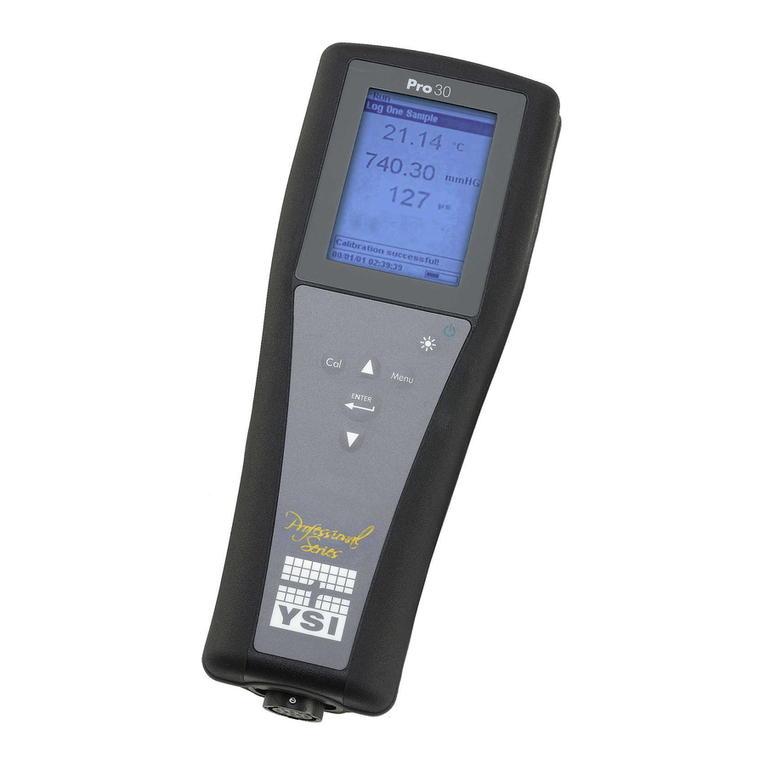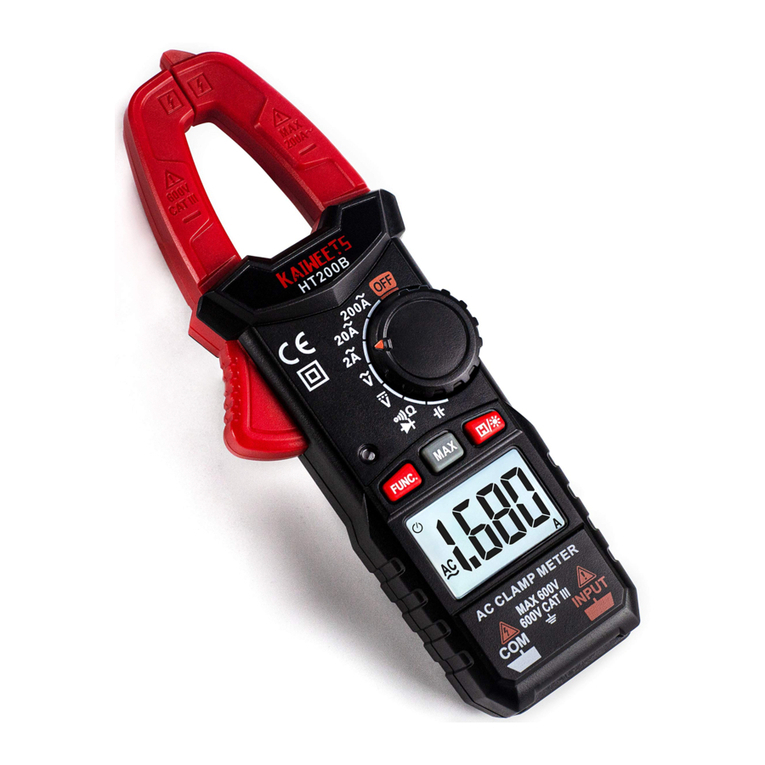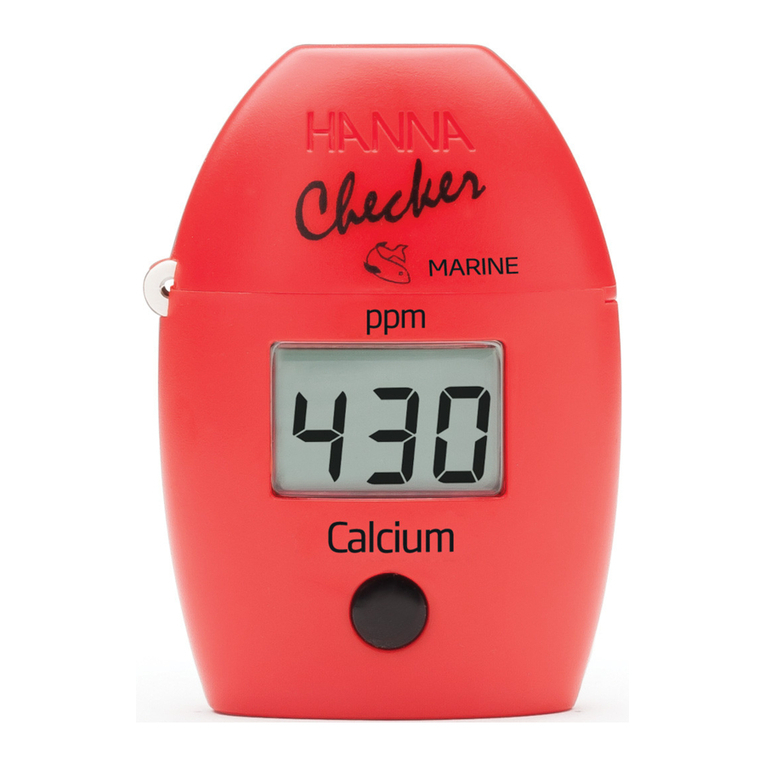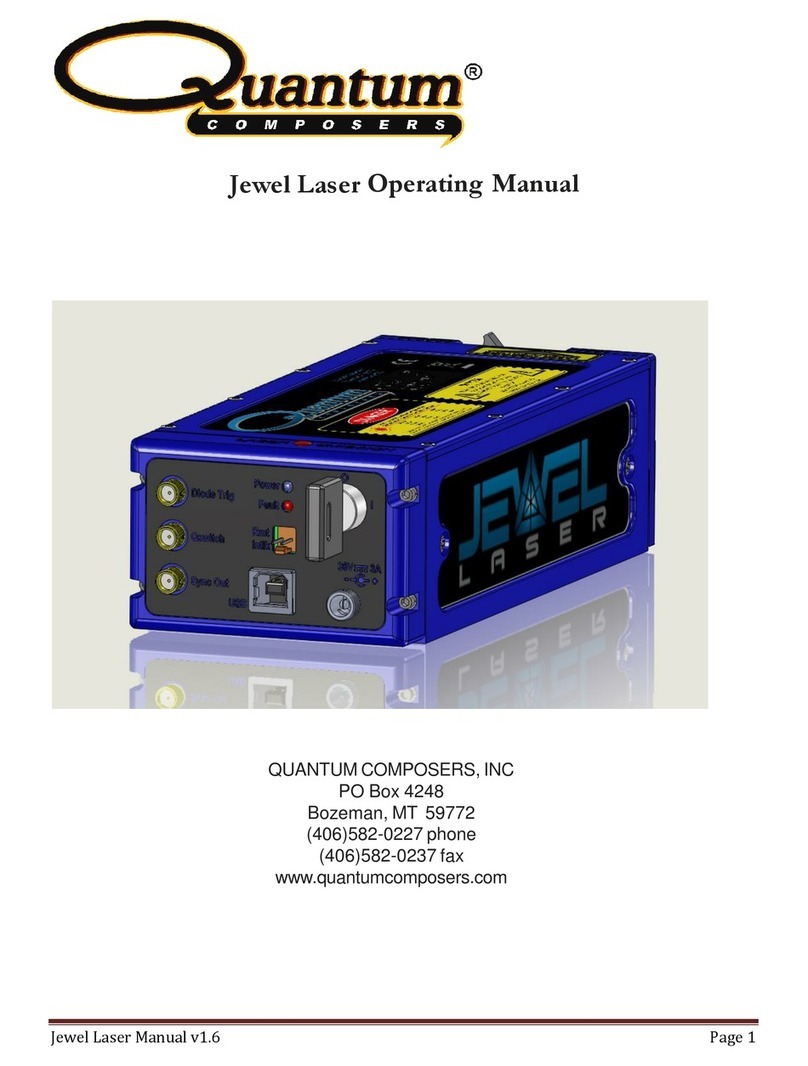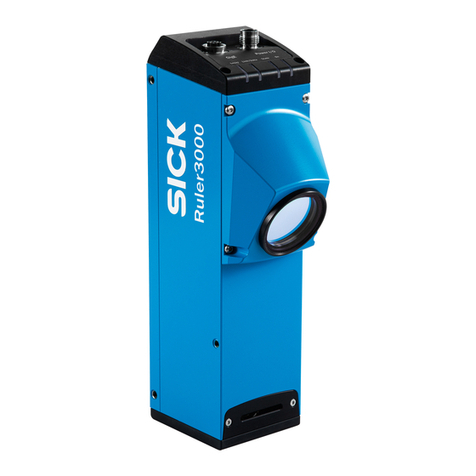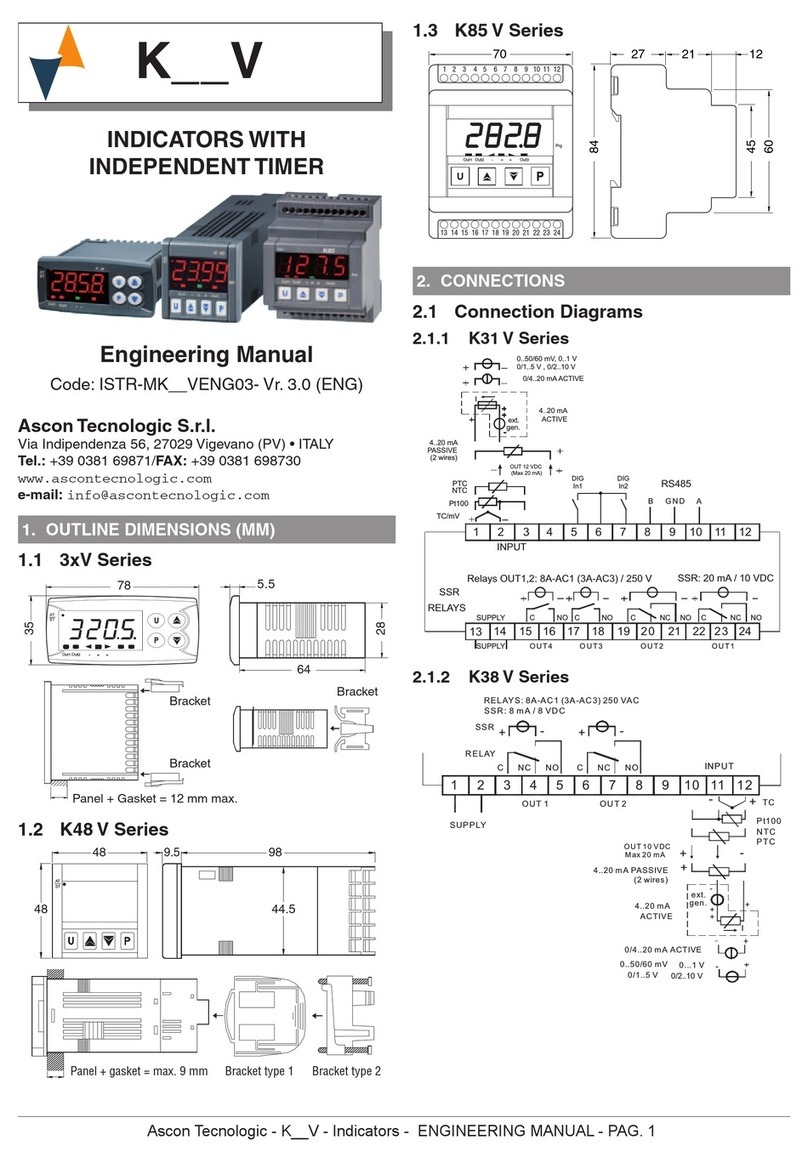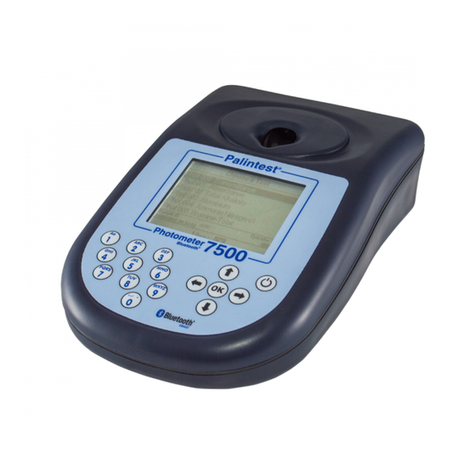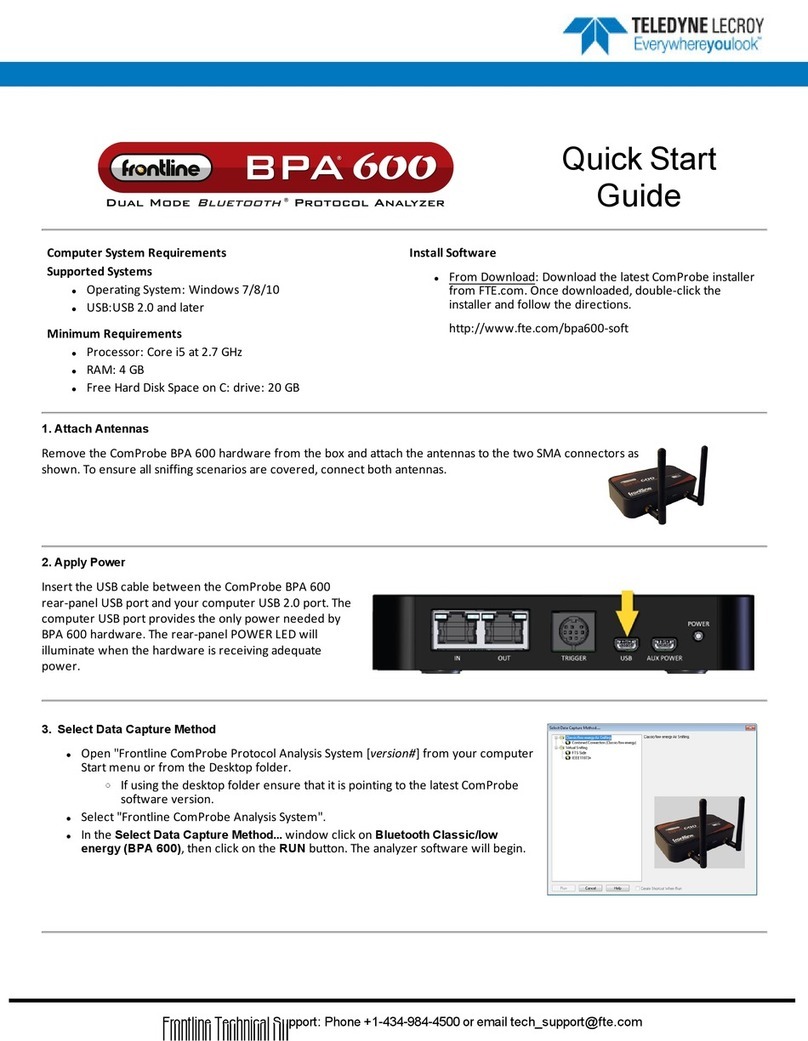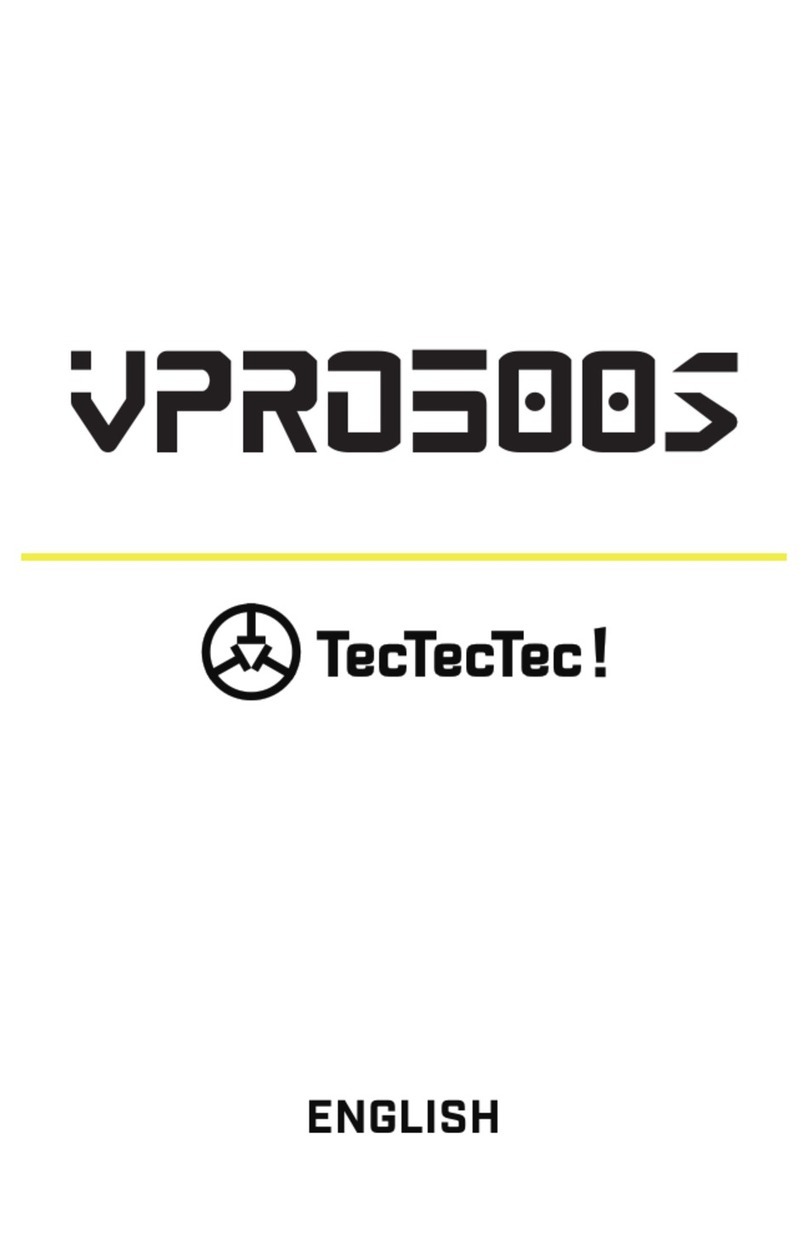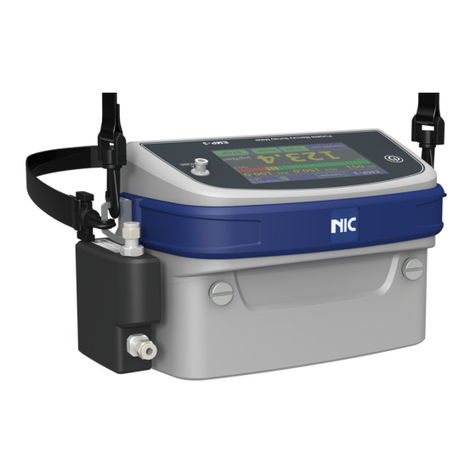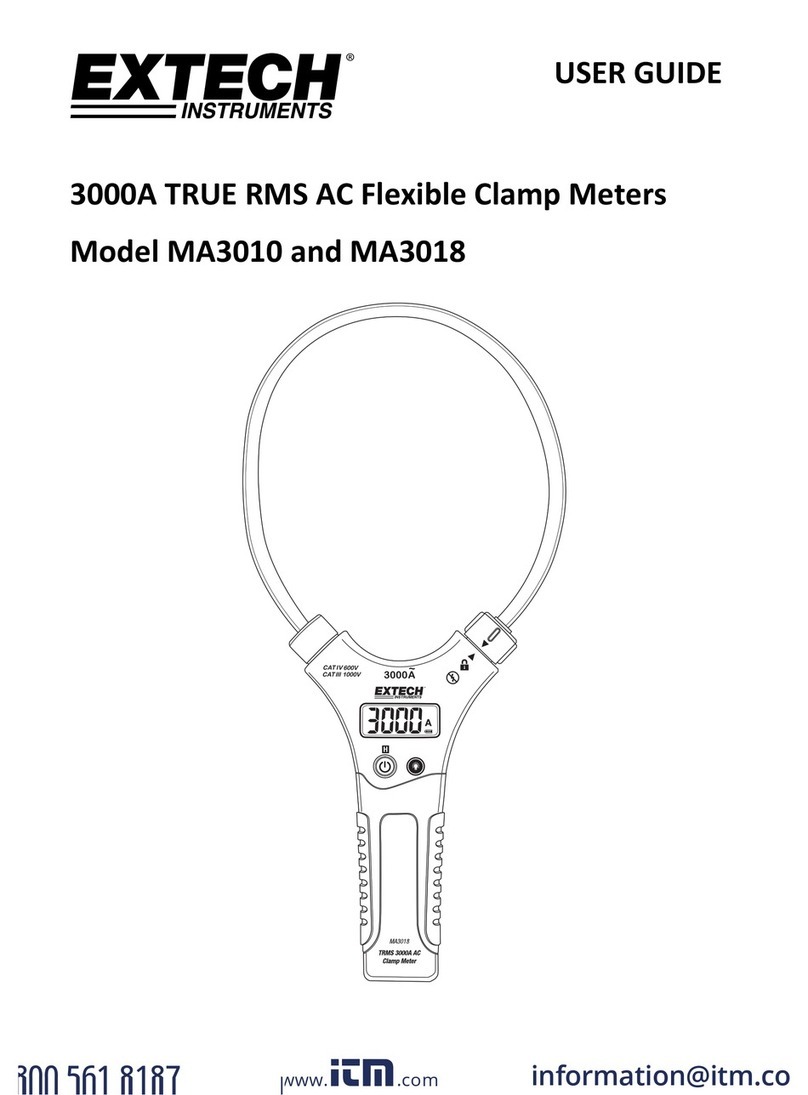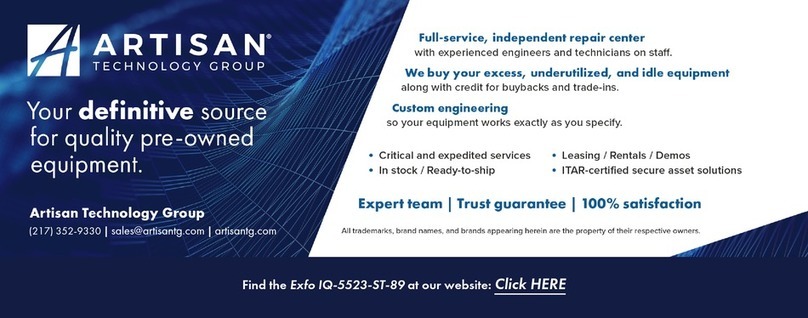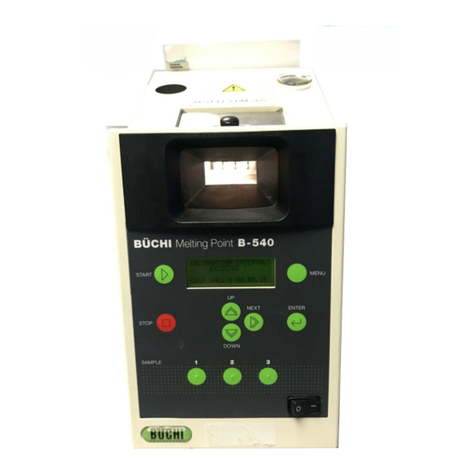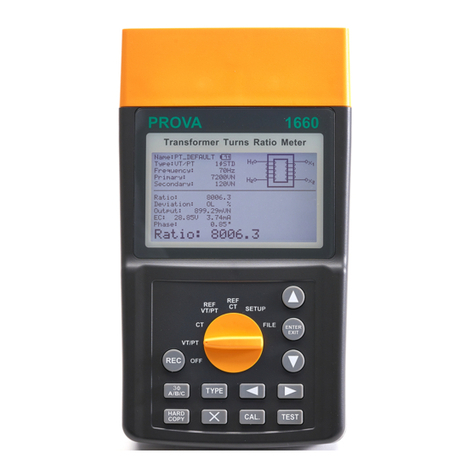Squirrel OMICRON 116 User manual

USER MANUAL
YOU MUST READ THIS MANUAL BEFORE DOING
ANYTHING WITH YOUR SQUIRREL EQUIPMENT
Contents
About this Manual ........................................................................................................................... 1
General Information & Flight Characteristics..................................................................................... 2
Choosing Your Canopy..................................................................................................................... 3
Some Information About Wingsuit Parachute Openings..................................................................... 4
Packing Your OMICRON .................................................................................................................. 7
Operating Limits ............................................................................................................................. 8
Care and Maintenance..................................................................................................................... 8
Specications .................................................................................................................................. 9
Contact Us......................................................................................................................................10

1
About this Manual
This manual does not provide instructional information, and is not a substitute for professional
training, instruction, or experience. Before using this parachute, it is critical that you receive training
and instruction for its use by a certified / rated instructor who is familiar with the characteristics of
a 7-cell hybrid sail / low-porosity parachute system. It is mandatory that you receive professional
training and instruction on the deployment, flight, landing, packing, assembly, and maintenance
of this parachute. This manual is only a general guide and does not contain any instructional
information.
This manual may be updated, revised, or changed by Squirrel LLC without notice, at any time.
Contact Squirrel LLC to be sure that you have the most up to date version of this manual. It is
imperative that you read this manual in its entirety, and understand it fully. If you do not understand
any part of this manual, or feel that any part is unclear in any way, please notify Squirrel LLC in
writing and do not use any equipment that this manual refers to until you are certain that you fully
understand the most up-to-date information pertaining to your equipment.
Your Squirrel OMICRON comes with NO WARRANTY.
Parachuting, skydiving, and wingsuit flying are extremely dangerous activities. This parachute is
sold with all faults, as is, and with no guarantee or warranty of fitness for any purpose. Squirrel LLC,
its members, owners, associates, and dealers, disclaim any and all liability in tort for damages of
any kind, caused by negligence on the part of Squirrel LLC or otherwise. By using this parachute
system or allowing it to be used by others, the user waives any liability of the manufacturer for
personal injuries or other damages resulting from its use.
WARNING
ALL FORMS OF SKYDIVING, PARACHUTING, AND WINGSUIT
FLYING ARE INHERENTLY HAZARDOUS ACTIVITIES AND REQUIRE
THE DELIBERATE AND CONSCIOUS CONTROL OF YOUR
PHYSICAL BODY THROUGH THE PROPER USE OF THIS PRODUCT
IN RELATION TO EVER-CHANGING VARIABLES AND DANGERS.
TRAINING, PROFICIENCY, SKILL, GOOD JUDGMENT, AND BEING
CONTINUALLY ALERT TO CHANGING CONDITIONS, INCLUDING
WEATHER, VISIBILITY, SURFACE CONDITIONS, ATMOSPHERIC
CONDITIONS INCLUDING DENSITY ALTITUDE, AND OBSTACLES,
ARE REQUIRED TO LOWER THE RISK OF SERIOUS INJURY OR
DEATH. DO NOT USE THIS PRODUCT WITHOUT INSPECTING IT
AND ALL OF ITS COMPONENTS BEFORE EACH AND EVERY USE.
!!! Even when properly used, this product may malfunction or fail to operate as expected. You
risk death or serious injury each time that you use this parachute system !!!
The OMICRON is a 7-cell parachute system designed for experienced wingsuit parachutists
ONLY. Refer to the chart at the back of this manual for experience requirements. You must have
at least 200 skydives and a thorough understanding of the performance differences between this
canopy and other more common parachute systems before using this parachute. Do not use this
parachute unless you meet the minimum experience requirements outlined in this user manual, and
have received training and instruction on the proper use of a 7-cell canopy designed specifically
for wingsuit skydiving. Packing, opening, flight, and landing characteristics may vary greatly from
other parachutes you have previous experience with.

2
General Information & Flight Characteristics
About The OMICRON
The OMICRON is specifically designed for wingsuit skydiving. It is a low aspect ratio,
rectangular planform design, concepted from the ground-up to provide a balance between
reliable openings and overall flight performance. The top surface panels of the OMICRON are
a blend of traditional ZP and ultralight sail material. These material choices, combined with a
refined profile, provide a level of glide, flare, and handling that puts the OMICRON into the
experienced wingsuit pilot category of parachutes. The OMICRON is designed for wingsuit
skydiving. Although it may be jumped without a wingsuit, the best opening characteristics will
be experienced with wingsuit use specifically.
Flight Characteristics
The OMICRON is a specialist design that is meant specifically for experienced skydivers to use
during wingsuit skydiving. When using the OMICRON for the first time, be aware of the fact
that many factors will determine the quality of your parachute openings.
Glide Performance:
The OMICRON’s glide performance is typical of a low aspect ratio 7-cell parachute. A ZP leading
edge, combined with ultralight sail material across the remainder of the top surface, provides increased
glide performance and flare power over canopies with more 0-3 cfm (Cubic Feet / Minute) fabric.
Toggle Inputs and Overall Handling:
Piloting the OMICRON is straightforward and fun. It has a sporty and highly compact feel in
the air, with direct control inputs and progressive brake-travel. The OMICRON rolls into a turn
quickly, but also returns to level flight quickly when control inputs are ceased.
Front Riser Input:
The OMICRON front riser pressure makes front riser turns comfortable for maneuvering and
landing. If you are coming from a 9-cell ZP design, you may find that the OMICRON has a
different recovery arc. Always start with gentle high-altitude front riser inputs. Do not attempt low
turns with any canopy until you have extensive experience with it.
When manipulating front risers, remember that brake/control line length may need to be
lengthened to allow certain front riser control inputs. If you are influencing the trailing edge of
the canopy too much during front riser inputs, you may need to slightly lengthen your control
lines. Keep in mind that adjusting control line length will affect your flare and control range.
There is a limit to how much front riser input the OMICRON can take before the trailing edge is
affected by the control line length.
Rear Riser Input:
The OMICRON responds to front and rear riser input similarly to other low aspect ratio 7-cell
designs. Its glide can be flattened by applying a small amount of rear risers. OMICRON pilots
should be aware that the rear riser range is shorter (stall is more easily achieved) compared to
traditional 9-cell ZP canopies.
Landing:
When loaded appropriately according to the recommended weights, the OMICRON is not a
difficult parachute to land, compared to traditional 9-cell canopies at higher wing loadings. The
point of the OMICRON is to be able to easily reduce your main canopy wing loading without
changing your container system – so you should be jumping a size larger than you normally
would. If you are loading the OMICRON at the higher end of the recommended range, advanced
to expert canopy skills are recommended.

3
Choosing Your Canopy
Jumper Experience
Do not use your OMICRON until or unless you have at least 200 skydives, and at least 50
skydives using a parachute that is at least 20% SMALLER than the size of OMICRON you intend to
jump (for example, if you intend to jump a 170 OMICRON, you should have experience landing
a 136 (or smaller) canopy, safely and comfortably, at least 50 times).
The OMICRON’s 7-cell design and blend of materials were chosen to maximize opening
performance for wingsuit skydiving use. Compared to some 9-cell ZP parachute designs, the
OMICRON has less flare power and has a lower glide ratio. As with any low-porosity 7-cell
canopy, it is critical that you have at least solid intermediate or advanced canopy skills in order
to land it comfortably.
The OMICRON’s flare characteristics at normal density altitudes and recommended wing
loading are adequate for most parachutists/skydivers of intermediate skill, even without front riser
acceleration or a diving turn.
Wing Loading
Given that the OMICRON is meant to be used only by experienced wingsuit skydivers, you should
already have a clear understanding of the definition of wing loading and the proper method to
calculate it before choosing your canopy.
However, to review: Wing loading is calculated by dividing the total in-flight weight of the jumper
by the surface area of the canopy, measured in square feet. To measure your in-flight weight,
stand on a scale wearing your normal jumping clothing, your wingsuit, and your parachute system
including your main canopy, and any accessories. This will typically be in the range of 30 lbs
greater than your naked weight. For a jumper with an in-flight weight of 185lbs who intends to
jump a 170 square foot canopy, we can estimate:
185 lbs ÷ 170 sq ft = 1.088 per square foot, or commonly written as 1.088:1
1.088 would be an acceptable wing loading for an experienced skydiver on this size of canopy.
Why the OMICRON is better for wingsuiting
1. Ultra low pack volume: The low pack volume of the OMICRON means that if you are
currently jumping a skydiving container system which is sized for a main parachute that
you are loading too highly to wingsuit comfortably, a much larger size of OMICRON
will fit in your current container. For example, if you are jumping a typical cross-braced
canopy in the 90 square foot range, an OMICRON 130 will fit comfortably in the same
container system. Reducing your wing loading is one of the first and most important
factors for improving opening consistency.
2. Low-porosity bottom surfaces, ZP leading edge, ultralight sail top surface: It is no secret
that low-porosity fabric is more stable, and yields more predictable openings. ZP fabric,
in contrast, is longer-lasting and higher-performing but yields less consistent openings.
In order to increase durability and performance without compromising pack volume,
ultralight sail cloth is used on the top surface panels which are not ZP. This blend of
materials has provided the OMICRON with low pack volume and improved glide
performance vs. a design with a low-porosity fabric top surface.

4
Non-Wingsuit Use
As stated elsewhere in this manual and in the product description, the OMICRON is designed
specifically and primarily for experienced wingsuit pilots to use while wingsuit skydiving. If you
choose to jump the OMICRON without a wingsuit, always deploy at airspeeds within the
operating limits of the canopy.
The ideal pilot chute size for wingsuit use is not the same for Freefly/RW/typical non-wingsuit
skydives. It may be necessary to change your pilot chute for non-wingsuit jumps.
The ideal packing technique for wingsuit use is not the same as for Freefly/RW/typical non-
wingsuit skydives. It may be necessary to adjust your packing technique for non-wingsuit jumps. In
addition to a more appropriate pilot chute size, we recommend a more tightly rolled tail, a rolled
and/or carefully prepared nose, and extra attention to slider positioning. Again, always moderate
your freefall speed to within the canopy operating limits before deployment.
Some Information About Wingsuit Parachute Openings
PLEASE NOTE: The PC selection, bridle size, packing techniques, etc, which are discussed
in this manual are not only specific to the OMICRON. This is information that, according to
our testing and experience, applies to most canopies which are generally accepted to be
wingsuit appropriate.
Openings, and the factors that determine opening characteristics
It is important to tailor your openings to your desired speed, consistency, and force, by controlling not
only packing technique but also airspeed and body position at deployment.
Pilot Chute (PC)
When flying a wingsuit, a larger pilot chute than what is typically used for normal skydiving is
recommended. We recommend a 26” to 30” ZP toroidal arc design such as the SkySnatch. Choose
the size based on your typical airspeed at deployment, which will vary with wingsuit type and
experience. Contact Squirrel LLC for guidance on PC size selection, if needed.
Bridle
Bridle length is a key factor for wingsuit jumping. It is recommended to use a bridle that is long
enough to extend the pilot chute beyond the worst area of wake turbulence behind you during
deployment. Many skydiving bridles are considered to be too short for wingsuit use. Today, many
wingsuit pilots use bridles that are in the range of 8 feet (2.4m) in length, from pin to PC.
Deployment bag
Testing has shown that stowless and semi-stowless d-bags yield better openings than traditional
rubber-band-stow d-bags. Consider their use under the guidance of an experienced rigger who
understands the factors around wingsuit parachute deployments. Heavy magnet-closed stowless
bags are NOT recommended.
Slider Positioning
During packing, it is critical that you position your slider symmetrically and seat it properly against
the slider-bumpers on your canopy. The size and aspect ratio of the OMICRON’s slider is designed
specifically for this canopy, and it is vital that you consult with Squirrel before changing your slider.
Collapsing and resetting your slider
The OMICRON’s collapsible slider must be reset to the fully extended position each time you pack
your parachute. Failure to do so may result in equipment damage, serious bodily injury, or death.

5
Opening Technique
Wingsuits can fly at airspeeds equivalent to head-down freeflying (200mph), and as low as 0mph
vertical speed and 40mph forward speed. This is an incredible range of possible airspeeds, and the
ideal airspeed for a reliable parachute deployment is comparatively narrow.
Most wingsuit instructors counsel a deceleration, symmetrical deployment, and closed leg wing
(knees bent, and heels to butt). By bending knees to butt and closing the leg wing almost entirely, a
large part of the wake turbulence and body-spin causes are eliminated. Consult with your instructor
regarding proper wingsuit deployment techniques, which may vary based on your wingsuit type,
experience, and other equipment.
Opening Inconsistencies
Line Twists
Wingsuits add a great deal of complexity to skydiving, particularly during the deployment and
canopy piloting phases. When wingsuiting, one of the most common issues during deployment is
“line twists,” which sometimes occur between d-bag deployment and canopy inflation. There are
many factors involved, including symmetrical body position through the entire deployment sequence,
correct body positioning, and proper packing techniques. Reaching for risers asymmetrically, twisting
your body during deployment, flying your leg wing asymmetrically, or not flying your heading until
the canopy is fully inflated will all contribute to degraded opening performance.
One of the most common moments that line twists occur is at or immediately after line stretch, prior
to pack job expansion and inflation. The common packing method of “rolling the tail” around the
pack job and lines encourages line twists during a wingsuit deployment.
During wingsuit parachute deployment, the chain of equipment is spread more horizontally than it
is during a typical non-wingsuit skydive deployment. In addition to that, the wingsuit creates a large
“burble” or area of wake turbulence, which degrades opening performance. These two factors must
be understood and accounted for when skydiving a wingsuit.
The more horizontal nature of a parachute deployment from wingsuit flight means that the pilot chute,
bridle, pack job, and canopy lines can all be stretched out to an almost 180 degree plane during
deployment, and at a lower airspeed than a typical skydive opening. At this stage, the pack job is
more susceptible to rotation and off-heading openings. If the tail is rolled tightly around the lines and
the pack job, then the time during which the pack job is allowed to rotate at the end of the line-stretch
phase is increased.
By rolling the tail together less, or not at all (SEE PACKING PHOTOS), the pack job will begin
expansion sooner and have less time to rotate or turn at the end of the line-stretch phase. The less time
your pack job spends being buffeted around in wingsuit wake turbulence, the less chance there is of
line twists or a more serious malfunction. We recommend not rolling the tail around the lines at the
trailing edge of the pack job. It is best to only lightly fold the tail together, starting at least 10” below
the lines, so that airflow can enter the pack job to allow expansion and inflation. The trailing edge
(tail) of the canopy should be so loosely wrapped around the lines that a “hole” approximately the
width of the warning label is apparent when the packjob is set down on the ground to be reduced
into the d-bag.

6
Stages of pack job-rotation-induced-line-twists:
1. Parachute extends to line-stretch in a more horizontal plane than a typical skydive due to the wingsuit’s glide path.
2. Pack job expansion and parachute inflation is delayed by packing technique, burble (wake turbulence),
or other factors.
3. Pack job rotates, caused by burble (wake turbulence), and delayed pack job expansion. Line twists are now set.
4. Pack job expands, with the line twists set. Canopy inflation occurs, with line twists set between the slider
and the risers.
5. Jumper is suspended beneath the canopy with line twists set, and must now rotate his/her body under
the canopy to resolve the line twists.
What happens next depends on many factors. If the jumper/pilot has induced an asymmetry in the
system by giving unequal harness input, there may be a weight-shift input locked into the twists, which
can cause the parachute to begin a turn. If the turn is fast enough, the parachute may begin a spiral
(oftentimes referred to as a “spin”) descent.
ALL canopies are susceptible to line twists when they are subjected to wingsuit wake turbulence at
line stretch. The OMICRON is no exception. Therefore, please consider these points and adjust your
packing technique accordingly. By not rolling the tail too tightly around the pack job you can help
to encourage a faster expansion, which can also mean a faster opening. For that reason, you must
understand how to control your airspeed and angle of attack during deployment. The OMICRON’s
design and materials are optimized to provide a tolerable opening even with a faster than average
canopy expansion. There is a fine line between fast openings and hard openings.
The OMICRON is designed to be less susceptible to rapid descending spirals (oftentimes referred
to as “spins”). Due to several design factors including aspect ratio, extensive testing has shown that
the OMICRON is more likely (compared to a typical 9-cell ZP canopy) to maintain level flight after
opening with line twists, affording the pilot with more time to deal with the situation thanks to a lower
vertical speed.
Body-twists
The most common cause of “twists” after a wingsuit opening results from a rotation of the pilot
underneath an inflated or partially-inflated canopy during and immediately after opening. Instead
of the packjob turning during deployment, the pilot turns under the inflated or opening parachute.
The prevention of, and cure for, “body twists”, is a question of wingsuit piloting technique and must
be trained for. Please refer to the LEARN pages at www.squirrel.ws and the KNOWLEDGE BASE
pages at www.nextlevel.ws for more information on riser control and line twist recovery.
Hard Openings
Most factors surrounding parachute openings can be controlled or influenced by the jumper. If you are
experiencing hard openings, then you need to make adjustments to one or more of the following factors:
1. Equipment: check pilot chute size, d-bag type, slider size.
2. Packing technique: check slider positioning, nose packing method, line stowage. Seek assistance and
guidance from professional packers and riggers with wingsuiting experience.
3. Airspeed: If the OMICRON slider is correctly placed and configured, and the parachute is packed
properly, openings are generally very comfortable at terminal slick airspeed, or typical wingsuit airspeeds.

Reduce the canopy in preparation for d-bag placement.
5 6
1 2
We recommend PRO (Proper Ram-air
Orientation) packing your OMICRON. For
wingsuit deployments, it is not necessary to
roll the nose or dress it in any special manner.
Consistent with normal PRO packing technique
bring lines to the center of the pack job with folds
neat and symmetrical.
Lay the pack job down on the ground as per
standard PRO packing technique. Thanks to the
ultra-light material, this part will be much easier
than you’re used to! Remember to leave some
open space where the tail wraps around the line
group. Do not tightly wrap the tail at this section!
Bring the trailing edge (tail) around the pack job.
For wingsuit deployments, do not roll the tail
tightly around the pack job. One or two simple
folds, well below the line group, is adequate.
Please note that the trailing edge is only folded
slightly at the lower (the packer’s right) hand. At the
line group, there is plenty of “open” tail.
Reduce the pack job volume in preparation for
d-bag placement. For wingsuit deployments,
remember to leave the tail section open enough
to allow airflow in during extraction.
3 4
Do not roll
tightly here
7
Packing Your OMICRON

Stow your lines properly according to the type of deployment bag you are using.
7 8
8
Operating Limits
The OMICRON has been independently load tested, is constructed from the highest quality
materials currently available, and is built to industry-standards for main parachute systems; however
it is not designed to be opened at speeds far above which are typical during a properly executed
freefall deployment. The recommended maximum opening speed is 100 KEAS (Knots, Equivalent
Air Speed) at Sea Level.
The maximum opening speed is 120 KEAS. Always respect the maximum opening speeds and the
operational limitations of your equipment. Failure to do so, by exceeding the placarded opening
speeds or maximum weights may result in serious injury, equipment failure, or death.
As with any parachute system: Even when well below the maximum opening speed, equipment
failure, serious injury, or death may occur as a result of improper or imperfect packing, improper or
imperfect body position, or improper or imperfect gear configuration. And finally, to hammer home
the point that skydiving is always dangerous, even if you do everything perfectly and properly
you can still be seriously injured, or die. That is the nature of skydiving and parachuting. Always
remember that each and every jump is potentially fatal, and constant vigilance is mandatory. You
are the person responsible for your safety.
Care and Maintenance
When properly cared for, the OMICRON will last most skydivers for many jumps. Team pilots have
taken it past 1500 jumps in fully serviceable condition. The factors that will shorten the lifespan of
your canopy are primarily Moisture, Heat, UV Exposure, Hard Openings, and Improper Storage:
1. Keep your canopy dry at all times. All moisture exposure will degrade the cloth. Avoid water landings, and
try to keep your canopy away from moist or wet landing areas. Never pack or store your canopy when
wet or damp. If your canopy becomes wet or damp, hang dry it in the shade, NOT in direct sunlight.
2. Do not store your canopy in a hot location. Avoid leaving it in hot vehicles, for instance.
3. Do not expose your canopy to unnecessary or excessive UV/sunlight – obviously your canopy is not
allergic to the sun, but we don’t recommend letting it sit out in direct sunlight unnecessarily.
4. Avoid hard openings. Pack appropriately, and moderate your airspeed at deployment.
5. For periods of extended non-use, store your canopy unpacked, in a cool, dry, dark location, away
from solvents, batteries, or any chemical that will damage or degrade synthetic materials. Exposure
to car battery acid or even the fumes emitted from car batteries will degrade your canopy and other
nylon skydiving equipment. Always discard/destroy any equipment that has had significant exposure
to battery acids or harmful solvents.
6. Keep your canopy clean, and out of the dirt and dust as much as possible. Allowing any type of dirt,
sediment, or debris to accumulate inside your canopy or on the exterior surfaces will degrade your
canopy’s lifespan. Packing a dirty canopy will cause sediment to abrade the surfaces of the materials.

9
A necessary part of maintaining your canopy is understanding and recording its usage. We
recommend logging every jump that you make on your OMICRON, and recording deployment
parameters for each jump such as wingsuit, non-wingsuit, type of wingsuit, estimated airspeed, etc.
OMICRON line sets are made to exacting specifications. Replacement line sets can be ordered
directly from Squirrel LLC. We do not recommend purchasing line sets from your local rigger.
In addition to you inspecting the OMICRON before each jump, your OMICRON should be
thoroughly inspected by a certificated rigger every 200 jumps or annually (whichever comes first),
or whenever it is potentially exposed to conditions including but not limited to those listed above.
Specications
Size/
Flat Surface Area
Student
(lbs/kg)
Begginer
(lbs/kg)
Inter.
(lbs/kg)
Advanced
(lbs/kg)
Expert
(lbs/kg)
Max
In-flight*
(lbs/kg)
OMICRON 116 NO NO 110/50 116/53 150/68 198/90
OMICRON 125 NO NO 118/54 125/57 162/73 207/94
OMICRON 130 NO NO 123/56 130/59 169/77 209/95
OMICRON 140 NO NO 136/62 147/67 182/83 215/98
OMICRON 150 NO NO 150/68 165/75 195/89 220/100
OMICRON 160 NO NO 160/73 176/80 208/94 226/103
OMICRON 170 NO NO 170/77 187/85 221/100 231/105
OMICRON 180 NO NO 180/82 198/90 230/104 239/108
OMICRON 190 NO NO 190/86 209/95 239/108 2 46/112
OMICRON 200 NO NO 200/91 220/100 2 49/113 254/115
OMICRON 210 NO NO 210/95 231/105 258/117 261/118
OMICRON 220 NO NO 220/100 242 /110 269/122 269/122
OMICRON 230 NO NO NO 253/115 276/125 276/125
Size/
Flat Surface Area Aspect Ratio Cells Certification Load Test
ALL SIZES 2:1 7None 400 lbs **
* Max In-Flight Weight = Jumper + All Equipment.
** See www.squirrel.ws for details.
- Minimum In-Flight Weight varies with landing conditions.

10
Contact Us
Please consider the following important points:
1. We designed, tested, and built your canopy.
2. Our job is to make sure that you fly as safely as possible, while having the most fun possible.
3. Our job is to help you understand, use, and progress on your canopy.
4. Our job is to answer your questions, and we like our job.
For these reasons, we highly recommend that you contact US (SQRL) if you have any questions
about any product that we make. We 100% guarantee that the information you receive from us
will be more relevant, more accurate, and more thorough than anything you can find in facebook
comments, internet forums, or even your DZ gear shop guru. So, again, call us. Email us. Together
with your dealer & the local SQRL pros near you, we’re here to help.
-Matt, Mike, Will, Marty, & All the Team.
www.squirrel.ws
855-FLY-SQRL
THANK YOU FOR FLYING SQUIRREL!

v.202110 - Check the OMICRON product page at www.squirrel.ws for the latest PDF version of this manual.
This manual suits for next models
12
Table of contents
Other Squirrel Measuring Instrument manuals
